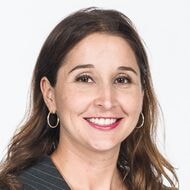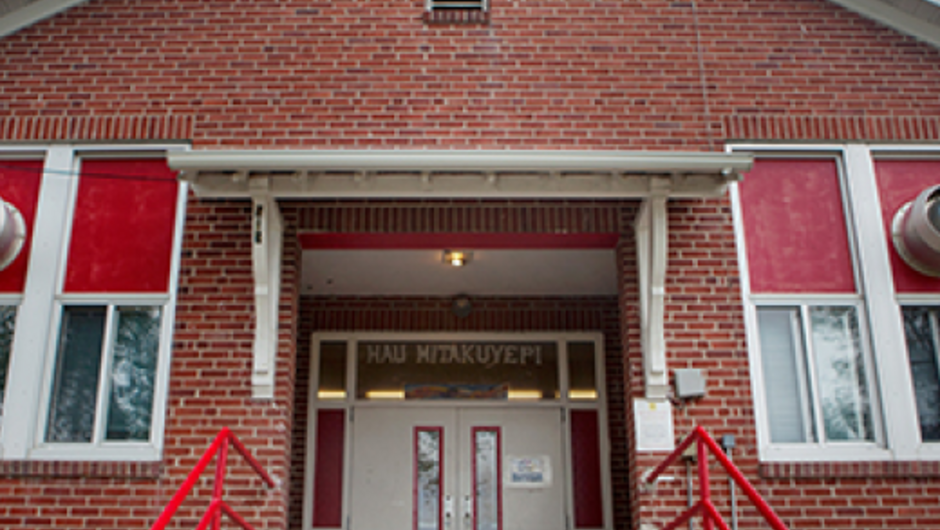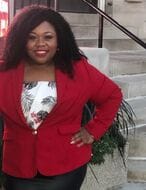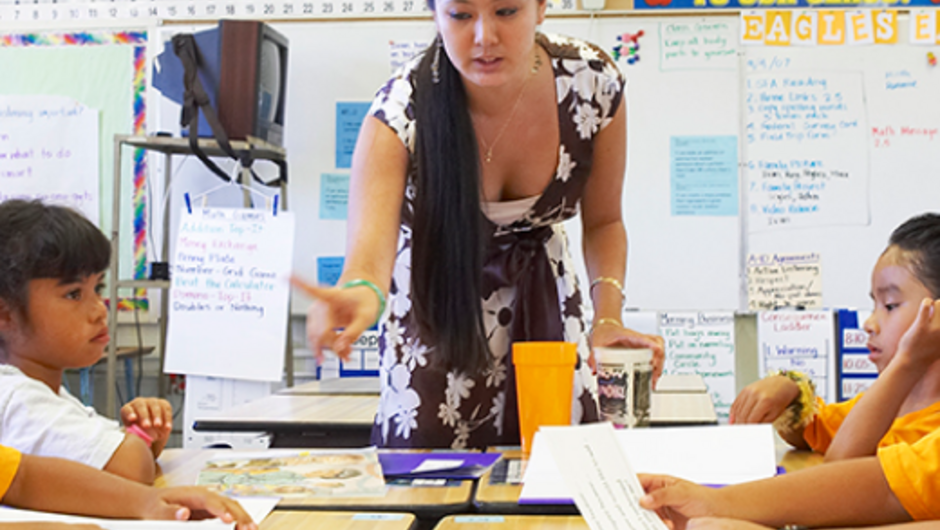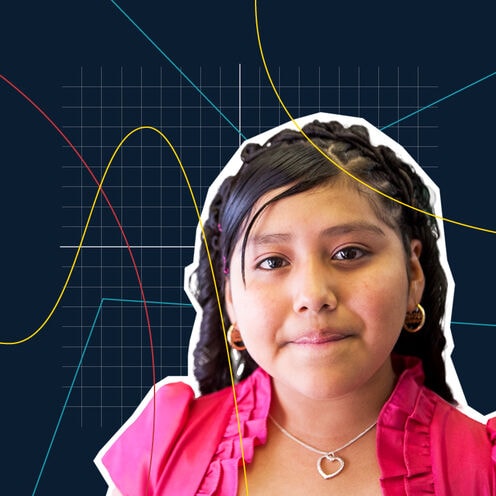
Understanding the Diversity of Latinx Identities Helps Customize Learning
When educators take the time to get to know their students as well as share their own backgrounds, they can adapt lesson content and gain trust.
Latinx students make up nearly one third of the U.S. public school population—and those students are a very diverse group.
They represent dozens of nationalities, languages, and cultures.
Experts say ensuring Latinx students are not viewed as a monolith is key to creating an inclusive, welcoming classroom that supports well-being and academic success. Establishing that environment begins with getting to know each student’s identity and honoring their cultural wealth.
“You cannot make an impact on the life of anybody if you don’t relate and gain their respect,” said Dr. Daisy Barrón, who develops the material used to train TFA corp members on culturally relevant pedagogy and the needs of culturally and linguistically diverse students.
That work is essential to informing classroom lessons and teaching methods, Barrón said. When educators understand and celebrate the multitude of Latinx identities students bring to the classroom, they can customize instruction to include culturally responsive and culturally sustaining techniques.
Dr. Feliza Ortiz-Licón, chief policy and advocacy officer for Latinos for Education, agrees. Getting to know who students are should be as synonymous to teaching as discovering the low, medium, and high readers in a classroom, she said. A student’s nationality, when their family arrived to the U.S., and their native language—among other characteristics—can all play a role in how to connect and customize learning for students.
To learn more about how teachers can acknowledge the diversity of Latinx cultures, One Day spoke with Latinx administrators and educators about techniques that have helped them connect with students to create inclusive school environments and culturally relevant lessons.
Exploring Identity Through Equations
In José Aguilar Jr.’s algebra II class, students prepare for a unit about graphing functions by exploring their identity through photography. Aguilar (Los Angeles ’20) starts with his own identity markers on a slide presentation. Images and text describe him as a Mexican American, Texan, member of the LGBTQ community, coder, and book lover. A photo of him and his mother at his bachelor’s degree commencement ceremony depicts a milestone moment in his life.
The Manual Arts High School students in LA reciprocate with their own photos or images and create presentations to talk about their community and the things and people that influence them. Together, Aguilar and the students, most of whom are Latinx, start to piece together who is in the classroom as slides begin to fill with international flags, text defining themselves as a “middle child” or “bilingual,” and instruments such as the piano and drums. One student displayed the Star of David symbol to illustrate his Jewish heritage, which sparked curiosity among his classmates—many of whom had not previously met a Jewish Latinx person.
Those images inform conversations about which identities are most salient, visible, or hidden, Aguilar said. Creating an environment to talk about identity helps his students see there is no “one certain way” to be Latinx, Aguilar said. “I think a lot of the times that showed us that, ‘Hey, you know we have these differences, but we also have some commonalities.’”
Designed in partnership with his mentor teacher at Manual Arts, José Barragán, the unit’s identity work incorporates social-emotional learning to introduce students to parent functions, an algebra term for basic linear, absolute, or quadratic equations, to name a few. Students identify shapes and angles in photos that represent their identity and then transform corresponding equations to trace those angles and shapes with a graph over the image.
Presenting their images and graphing processes is one of Aguilar’s favorite parts of the unit, he said. “It just gives them a chance to share out different aspects of their identity in front of a class, which is very hard to do because one, it’s personal—your identity—but also it’s very valuable because you’re presenting, which is scary for some students.”
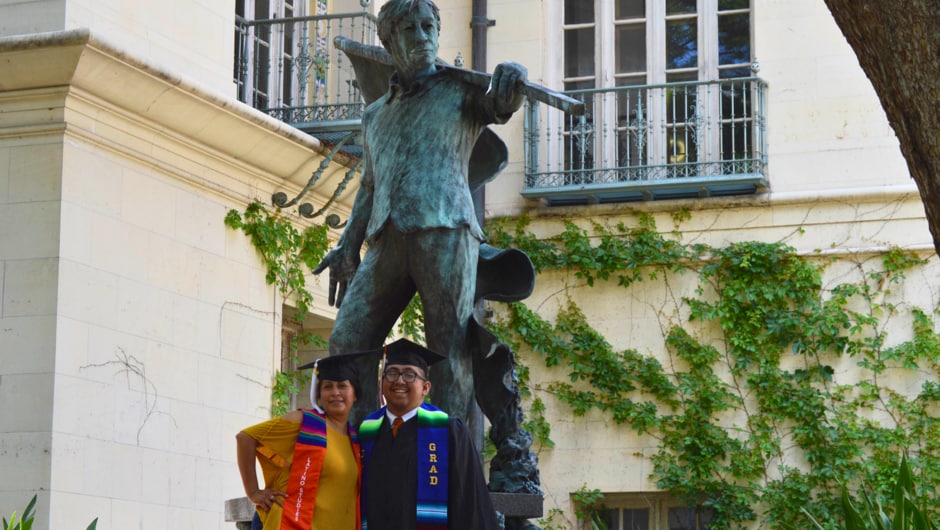
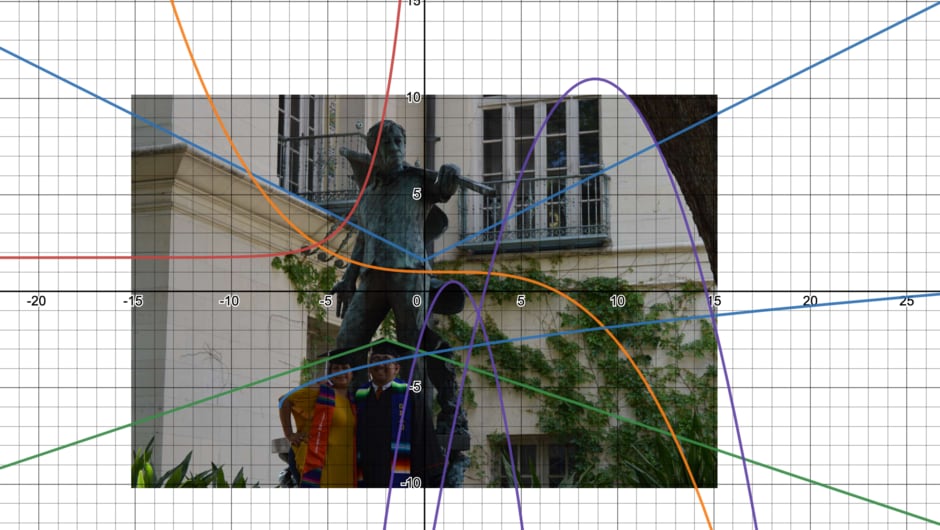
José Aguilar Jr. (Los Angeles ’20) and his mother celebrated his bachelor’s degree in computer science from the University of Texas at Austin in 2020. He went on to complete a master’s degree in urban education and leadership from Loyola Marymount University in 2022.
Courtesy of José Aguilar Jr.
With pandemic interruptions to school not far from memory, an exercise like this can be especially helpful for teenagers who haven’t yet formed social circles, Aguilar said. Identities start to shine through the images and it “encourages our class to feel more cohesive, which creates better learning outcomes for everyone because everyone feels like they know each other and can collaborate to learn.”
Sharing his identity through this lesson also allowed Aguilar to show that he’s human, too.
“It was a really good time for me as an educator to show vulnerability as well and show like, ‘Hey I also struggle with my identity. I also have these invisible identities that you might not be able to see.’”
Sharing Culture Dispels Misconceptions
Some Latinx educators also find that bringing their own Latinx identity to the classroom not only helps them connect with students who are like them, but also with youths of any background.
Over the course of her career in education, Dr. Natalie Mejía (Baltimore ’11) has found that breaking bread and introducing students to her culture—such as her favorite Mexican mariachi music and games like Lotería—can help students bond with each other and with her.
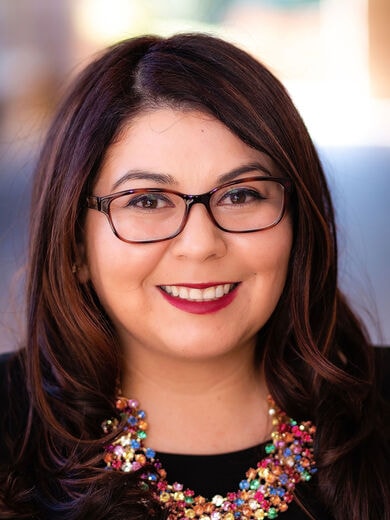
During her first year as a teacher, Mejía taught algebra I at a school in Baltimore where most of the students are Black. Many of them had never interacted with a Latinx person before, she said. “They were like ‘What are you? ... You’re not Black. You’re not white. So what are you?’”
When misconceptions came up during those early days—such as “speaking Mexican”—Mejía said she realized it was her responsibility to equip them with an understanding of her culture. She created Family Fridays, a seven-minute activity where she and the students would bring in artifacts, heirlooms, and photos that were important to their family and talk about them. “And that’s how we started to get to know each other,” she said.
When she later taught algebra I to predominantly Latinx and Black students in Los Angeles, Mejía reserved one Friday a month for them to have a “family dinner” at school with her. “We would dance to Selena, they would bring their beats; we learned about banda. … But one of the things that was central to us is that we did a lot of family meals because in the Latino culture, that’s really the staple—to be able to convivir con nosotros—to be able to share a meal and just celebrate life.”
These experiences, combined with honest conversations held in “circle talks,” helped the students begin to see each other as a family, she said, and process questions about their differences and similarities: “What do you want to learn about each other? What does society say about how we have to coexist? What do we not want to be true about how we coexist?” she’d ask.
Get more articles like this delivered to your inbox.
The monthly ‘One Day Today’ newsletter features our top stories, delivered straight to your in-box.
Content is loading...
Now, as the founding principal of The SEED School of Los Angeles, Mejía continues to think about how to create inclusive classrooms. That environment begins to take shape, she said, with hiring a diverse staff for the newly opened school, which enrolls mostly Black and Latinx youths from the area and is the first college preparatory boarding school in LA County.
“We are looking for a staff that has a mindset that appreciates diversity and acknowledges that language is a very important identifier for some kids, especially for our kids who may identify as bilingual,” she said. “So those kind of go hand in hand … who we're hiring and then creating space for kids to make sense of ‘What do I know about culture? What do I believe around language? Have I been made fun of if I have an accent? Is ‘undocumented’ synonymous with ‘Latino’?’”
Interested in Joining Teach For America?
In one professional development exercise this summer about how bias influences trust, Mejía said staff talked about how people often gravitate to those with similar identity and what opportunities are missed when they don’t diversify their community. They also explored the concept of colorism as it relates to anti-Blackness within the Latinx community and the emotions that may come up when educators witness it.
“It starts with the internal work. It starts with us creating safe spaces for kids to talk about conversations that are, like, taboo. And then we equip them with the skills to be able to process their emotions,” she said.
Discovering and Preserving Heritage
In Lafayette Academy Community Middle School, which is part of Community Academies charter schools, a newcomers’ class provides a Spanish and English learning environment that helps students prepare for lessons in general education classrooms. The class was created in response to the increasing number of students from Honduras, El Salvador, and Mexico who are moving to New Orleans.
“(The classes) help them be proud of where they are from, the fact that they speak Spanish, and how much they grow and learn together. It’s really beautiful,” said Myrialis King (Greater New Orleans ’11), CEO and founder of Community Academies’ network of three schools.
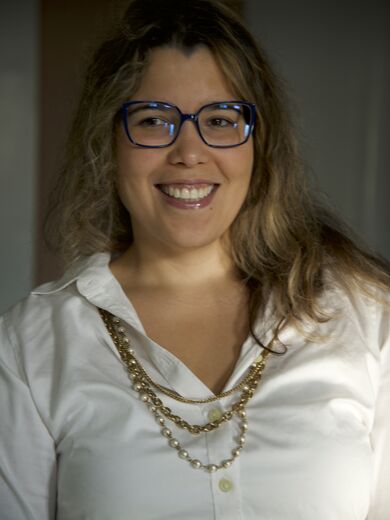
In a typical newcomers’ class scenario, students may preview content and vocabulary in Spanish for a story, such as “Romeo and Juliet,” in order to prepare for their English class. Instituted three years ago, the class is led by a Latinx English Learner teacher and a paraprofessional who both speak Spanish—and it is showing promising results, King said. Students tested by the state in February show great progress in their English proficiency scores, she said, noting that a test scheduled at the end of the school year would likely yield even better results because it would measure a full school year’s worth of instruction.
“Their class saw the highest growth out of the entire network as a result of that intentional, almost one-on-one support, which is necessary when students are coming in ... sixth, seventh, and eighth grade and never having had any English before then,” King said.
With students from various countries in Community Academies’ schools, several languages are commonly heard throughout the halls and all are celebrated, she said. At Foundation Preparatory Academy, a K-8 charter school, students speak Spanish, Vietnamese, and Portuguese, King said. “We don’t tell students, ‘You can’t speak that.’ In fact, teachers are trying to learn from them—trying to learn the little words, long words. ‘Everyone is a language learner’ is what we say.”
While King wants to ensure Latinx children see people like themselves in the classroom by hiring more Latinx teachers, it has been especially challenging because of a teacher shortage in New Orleans, she said. To that end, teachers of all backgrounds are trained to understand that Latinx culture is not a monolith.
“It is diverse and multifaceted and beautiful and that is what we will want to underscore for our students and our families and our community,” King said.
In addition, Latinx immigrants are not viewed as arriving with a deficit or gap, but as a “whole” person with their own rich culture and language, King said, and the school helps them explore that by providing a culturally competent curriculum.
Latinx immigrant children come to the American school setting with their own knowledge and cultural capital. Recognizing their cultural wealth is an important counter-narrative that can help educators form connections with students and improve outcomes, said Ortiz-Licón of Latinos for Education, a TFA Latinx Alliances partner and nonprofit dedicated to increasing Latinx leadership and equity for Latinx students.
“There is the idea that because … these students are ethnically, racially minoritized, that they come to the school and now we are forced to fill in all the gaps because they bring nothing,” Ortiz-Licón said. “And we're saying, no, they come with cultural wealth, but you need to learn how to tap into that cultural wealth because they understand family. They understand how to navigate. They understand resiliency.”
With their teachers’ help, they see their culture reflected in their lessons. First graders, for example, explore multicultural versions of the fairy tale story of Cinderella from various countries. “And so kids get to see themselves and they get to learn mainstream (stories),” King said.
This is unlike King’s own childhood. After moving from Puerto Rico to the U.S. at the age of 10, King said other than Spanish class in high school, she didn’t encounter classes that helped her explore her culture. King, who is Afro Latina, said it wasn’t until college that she was able to learn about Latin American history and politics.
“And it is something that I don’t want our kids to have to do,” she said. “I want them to know from the beginning, all of their possibilities. I want them to understand their history.”
We want to hear your opinions! To submit an idea for an Opinion piece or offer feedback on this story, visit our Suggestion Box.
Sign up to receive articles like this in your inbox!
Thanks for signing up!
Content is loading...


